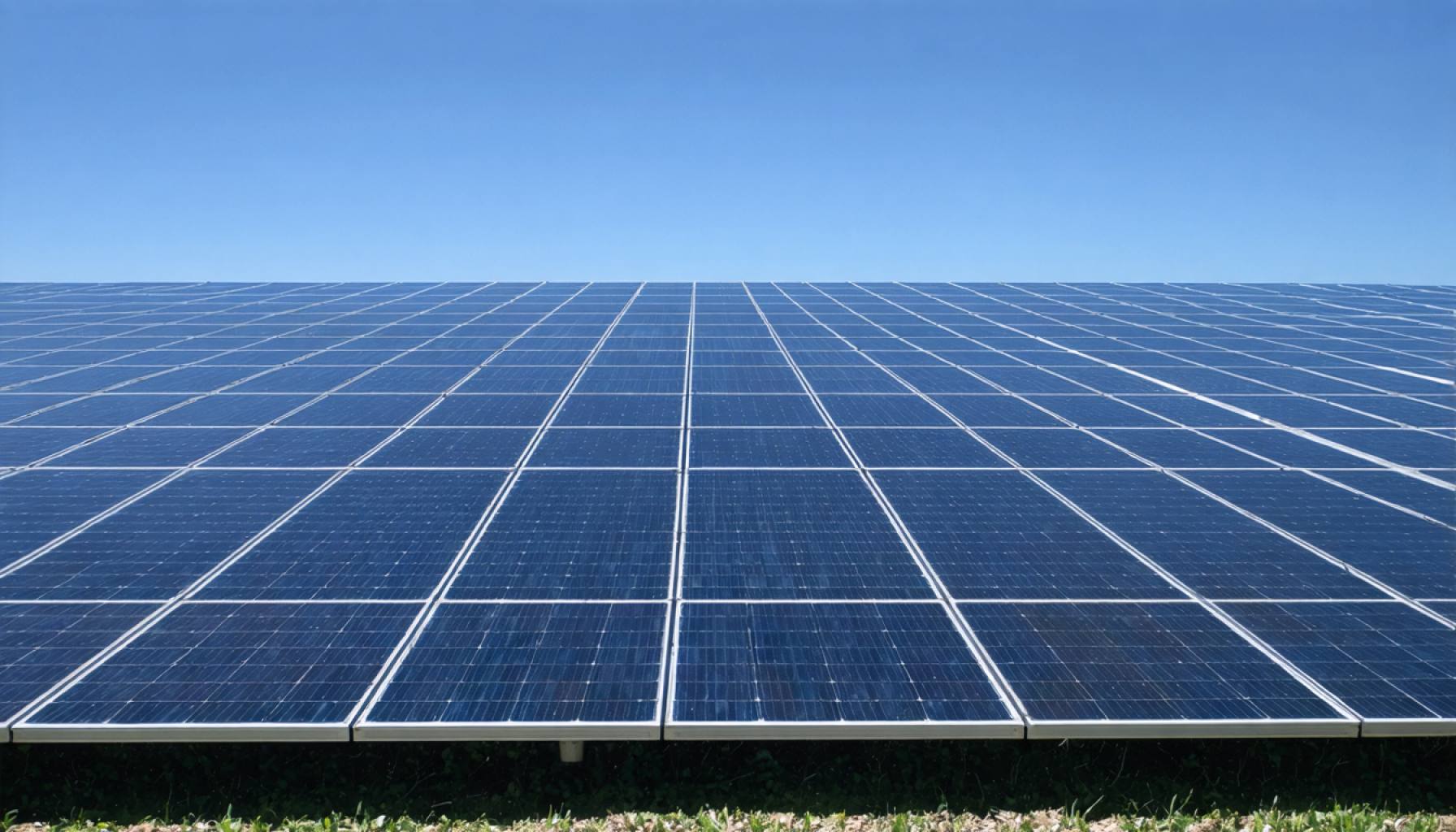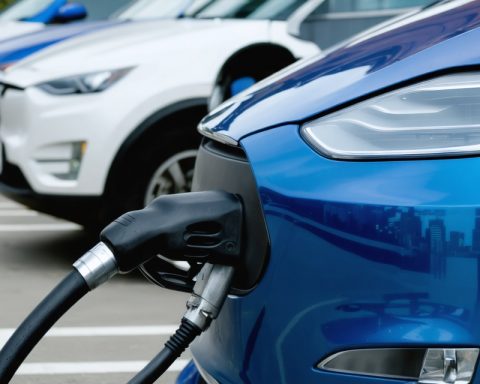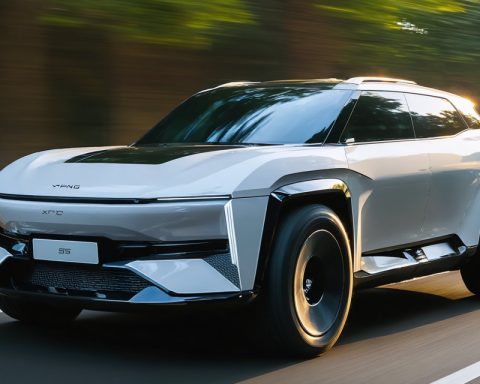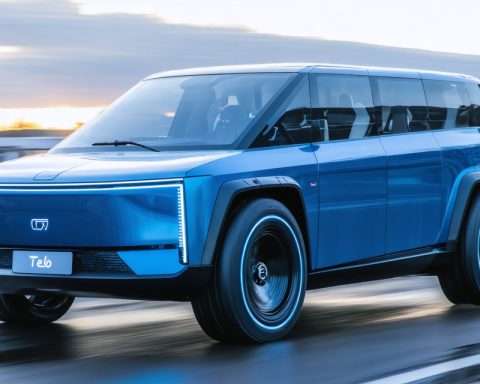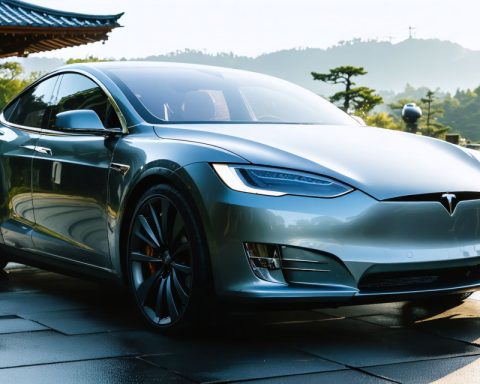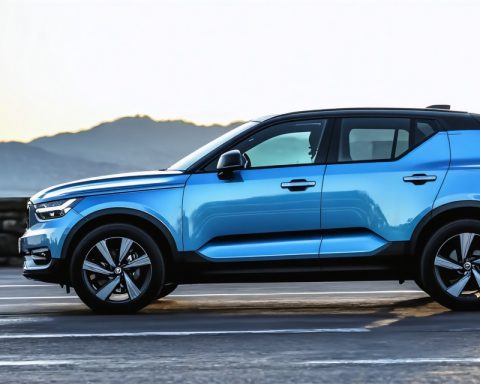- Illinois is advancing its solar energy capabilities with Standard Solar acquiring two new community solar farms in Zion and Kankakee County, boasting over 9 MW combined capacity.
- The projects support Illinois’ clean energy goals: 40% renewable by 2030, 50% by 2040, and 100% clean energy by 2050.
- The Zion solar farm (2.53 MW) and Kankakee County project (6.65 MW) are projected to produce 3,705 MWh and 10,507 MWh of electricity respectively, targeting completion by early 2026.
- Standard Solar emphasizes the benefits of mid-sized distributed generation solar arrays in grid balancing, land management, and energy autonomy.
- The initiative promises reduced energy costs and robust electricity distribution, enhancing community benefits through partnership with Cenergy Power.
- Standard Solar’s Illinois portfolio grows to 150 MW, reinforcing their commitment to renewable energy proliferation.
Illinois, a bastion of tradition meets progress, is witnessing a transformative leap toward a brighter, greener future. In a dynamic expansion of solar energy prowess, Standard Solar, a vanguard in commercial and community solar ventures, has made significant strides by acquiring two community solar farms from Cenergy Power. Nestled in the city of Zion and Kankakee County, these new solar developments proudly boast a combined capacity exceeding 9 megawatts (MW), setting the stage to illuminate local residences and businesses with affordable, sustainable energy.
Amidst Illinois’ ambitious clean energy targets—aiming for a 40% renewable energy share by 2030, escalating to 50% by 2040, and ultimately reaching a 100% clean energy benchmark by 2050—this acquisition embodies a crucial step forward. The Zion solar farm, notable for its 2.53 MW capacity, efficiently leverages fixed-tilt technology to generate approximately 3,705 megawatt hours (MWh) of electricity in its inaugural year. Meanwhile, the larger counterpart in Kankakee County, with a 6.65 MW capacity, is poised to produce an impressive 10,507 MWh in the same timeframe. Both ventures are currently under development, projecting completion in early 2026.
Megan Byrn, a strategic voice in Standard Solar’s reach, emphasizes the significance of mid-sized distributed generation solar arrays. Such innovations are pivotal in creating a balanced grid and enhancing land management, whilst reinforcing U.S. energy autonomy. The impact extends beyond environmental salvation; local communities are positioned to benefit from reduced energy costs, distributing clean power and meeting evolving electricity demands robustly.
Cenergy Power laid the groundwork for these initiatives, which are now under the stewardship of Standard Solar. This transition ensures a steadfast commitment to operational excellence and long-term energy savings. As their portfolio in Illinois burgeons to a formidable 150 MW, Standard Solar deepens its devotion to propelling renewable energy adoption across the state.
Chad Chahbazi of Cenergy Power underlines the collaborative spirit permeating these projects. Partnering with Standard Solar marks a concerted effort to deliver economically and environmentally advantageous outcomes for local communities.
The key message? Illinois stands at the threshold of a solar renaissance, where innovation and environmental consciousness illuminate a path to a sustainable future. As sunlight continues to nourish the Prairie State, the symbiotic relationship between energy providers and communities strengthens—ensuring a legacy of clean, reliable, and equitable energy for generations to come.
Illinois’ Solar Renaissance: How New Developments Are Leading the Way to a Greener Future
Expanding on Illinois’ Solar Initiatives
Illinois is poised for a significant shift toward renewable energy, a movement spotlighted by the recent acquisition of two community solar farms by Standard Solar. These additions, strategically located in Zion and Kankakee County, represent a pivotal step in meeting the state’s clean energy ambitions, which are geared towards achieving a 40% renewable energy share by 2030, escalating to 50% by 2040, and reaching a full 100% clean energy by 2050.
Detailed Insight into the Newly Acquired Solar Farms
1. Technology and Output:
– Zion Solar Farm: This facility employs fixed-tilt technology, which is simpler and more economical than its counterparts but efficient in capturing sunlight. It boasts a capacity of 2.53 MW and is projected to generate about 3,705 MWh of electricity in its first operational year.
– Kankakee County Solar Farm: With a larger capacity of 6.65 MW, this farm is expected to produce 10,507 MWh in the initial year. Such output is crucial in paving the way for substantial clean energy contributions.
2. Benefits to Local Communities:
The power generated from these farms is set to supply clean energy to both residences and businesses. This not only fosters environmental responsibility but also promises to significantly reduce energy costs for local users. As these projects evolve, they hold the potential to inspire broader adoption of similar initiatives across Illinois.
Broader Market Trends and Forecasts
Illinois showcases a growing commitment to solar energy, reflecting a national trend. According to the Solar Energy Industries Association (SEIA), the U.S. solar market is expected to continue growing robustly, supported by policy incentives and technological advancements. Illinois’ proactive stance positions it as a leader in this evolving landscape.
Integration with National and Local Objectives
The strategic acquisition by Standard Solar serves both local and national interests. By building a robust network of mid-sized distributed generation solar arrays, Illinois enhances energy autonomy, reduces reliance on fossil fuels, and strengthens grid reliability. These installations contribute significantly to the nation’s renewable targets and help in creating sustainable, well-managed land use.
Addressing Potential Controversies and Limitations
While solar energy expansion is largely positive, it also brings challenges, such as:
– Space Utilization: Solar farms require significant land areas, which can compete with agricultural and other land uses.
– Initial Costs: The upfront investment for solar installations remains substantial. However, long-term savings and governmental incentives often offset these costs.
Practical Steps and Tips for the Community
1. Educational Workshops: Organize community engagement seminars to inform residents about the benefits and maintenance of solar power.
2. Incentives Awareness: Increase awareness of financial incentives available for adopting solar, such as tax rebates and grants.
3. Energy Efficiency Home Audits: Encourage households to conduct energy audits to realize potential savings and improvements before switching to solar.
Final Thoughts and Recommendations
Illinois stands on the cusp of an exciting solar energy transformation. By supporting innovative renewable projects and fostering robust community involvement, the state can set a benchmark for environmental success while enjoying economic benefits. Stakeholders—residents, businesses, and policy-makers—should actively engage in and support these developments to ensure a sustainable future.
For more information on solar power developments and sustainability initiatives, visit the Standard Solar and Solar Energy Industries Association websites.
